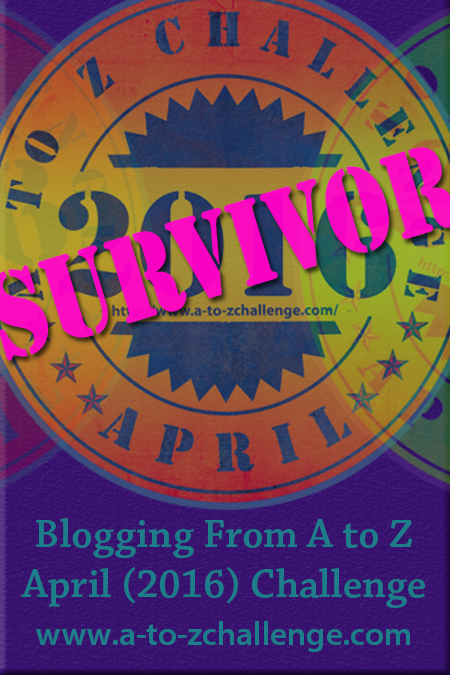The gods at sea always seem to have a way of leveling things out and this morning was my turn to be up early when Sally woke me at four by pacing back and forth along the boat and staring at me – very loudly. I thought she was just stressed from the heat, so I tried to ignore her. But I was wrong. As it turned out, she was sick and needed a trip to shore . . . desperately. I finally got the clue around 6:00 am and took her to a small beach where she promptly exploded – poor little puppy!
With Sally's shore trip already taken care of, we upped anchor around nine o'clock and made our way back into Malaspina Strait where we were greeted by an entirely different body of water from yesterday –gone were the white-caps, chopped up seas, and wind. It was flat calm doing away with all hopes we had of continuing our sail north,so we left the sail furled and kept the motor running and were treated to the most beautiful of sights – at least thirty boats travelling south and leaving the area.
It's ironic that Captain Vancouver chose the name Desolation Sound for what is now one of B.C.'s busiest and largest marine parks with forty miles of shoreline and over 20,000 acres of upland. But in 1792, when Vancouver was surveying the Inside Passage, the landscape most likely did seem desolate aided by a smallpox epidemic that had hit the area ten years earlier, wiping out the local native population.
With more and more Europeans arriving in search of gold and land in the mid-1800s, it became necessary to establish more accurate charts of the area, so the British Admiralty commissioned Captain George Henry Richards to survey the Strait of Georgia from November 1857 to January 1861. In 1863, Daniel Pender took over the job and, by the end of 1864, he had completed charting the maze of islands in Desolation Sound making the area ripe for an invasion of European settlers. The population peaked in the 1930s and 40s but declined in 1958 when Ripple Rock was destroyed making navigation in Discovery Passage safer for mariners. And, in 1973, the marine park was established.
No longer desolate, in the summer months the park is literally littered with hundreds of boats carrying holiday makers in search of fun and frolic who are generally unconcerned with disturbing the peace with their jet skis, outboard motors, loud music and the like. But now that the cruising season is coming to a close, it's much quieter and the anchorages only have a fraction of the boats in them –most of which are looking for peace and quiet like us – so it's finally safe to come in and have a look around.
For the next few weeks, this will be our home . . . starting with Grace Harbour, one of Desolation Sound's most popular and protected anchorages.









0 comments